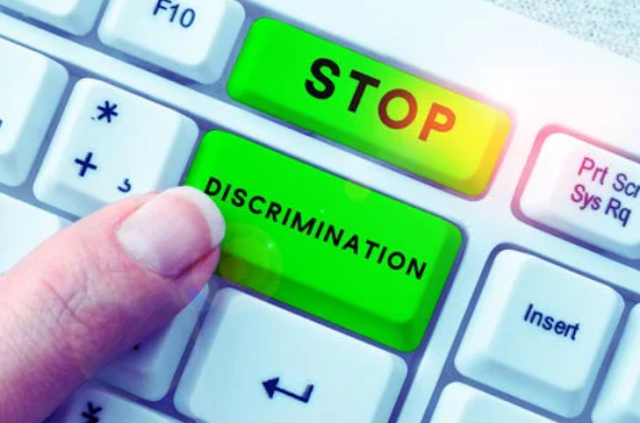Discrimination in Consumer Transactions: Recognizing and Addressing Bias
Discrimination in Consumer Transactions: Recognizing and Addressing Bias
Discrimination in consumer transactions refers to the unfair treatment of individuals based on certain protected characteristics, such as race, gender, religion, national origin, disability, or age, when engaging in business transactions. Recognizing and addressing bias in consumer transactions is crucial to promoting equality, fairness, and inclusive practices. Here's a detailed explanation of this topic:
Understanding Discrimination in Consumer Transactions:
- Discrimination can occur at various stages of a consumer transaction, including advertising, pricing, sales, and customer service.
- Examples of discriminatory practices include refusing service, providing inferior products or services, applying different terms or conditions, or charging higher prices based on protected characteristics.
- Discrimination can be explicit, such as openly refusing service based on race, or it can be more subtle and unconscious, stemming from implicit biases or stereotypes.
Recognizing Bias and Discrimination:
- It is important to be aware of the signs and indicators of bias and discrimination in consumer transactions.
- Look for patterns or inconsistencies in the treatment of customers based on their protected characteristics.
- Pay attention to verbal and non-verbal cues that suggest bias, such as offensive language, disrespectful behavior, or differential treatment.
Legal Protections Against Discrimination:
- Laws and regulations exist at the federal, state, and local levels to protect consumers from discrimination in various domains, such as housing, employment, lending, and public accommodations.
- The Civil Rights Act of 1964 and subsequent amendments prohibit discrimination based on race, color, religion, sex, and national origin in public accommodations and federally funded programs.
- Additional laws, such as the Americans with Disabilities Act (ADA) and the Age Discrimination in Employment Act (ADEA), provide protections against discrimination based on disability and age, respectively.
Reporting and Addressing Discrimination:
- If you experience or witness discrimination in a consumer transaction, it is important to take action.
- Gather evidence: Document the details of the incident, including dates, times, locations, and any relevant information or conversations.
- Report the discrimination: Contact the appropriate authority or agency responsible for handling discrimination complaints. This may include filing a complaint with a government agency, such as the U.S. Department of Justice or a state or local civil rights enforcement agency.
- Seek legal advice: Consult with an attorney specializing in discrimination or civil rights law to understand your rights and explore legal recourse.
Promoting Awareness and Training:
- Businesses should prioritize creating an inclusive and non-discriminatory environment.
- Provide training to employees on recognizing and addressing bias and discrimination, including unconscious bias training.
- Establish clear policies and guidelines that explicitly prohibit discrimination in consumer transactions and ensure they are communicated to all employees.
- Regularly assess and monitor customer service interactions and practices to identify and address potential biases or discriminatory practices.
Consumer Empowerment:
- Consumers can play a proactive role in addressing discrimination by making informed choices and supporting businesses that promote equality and inclusivity.
- Research businesses and their reputation for fair and inclusive practices before engaging in transactions.
- Share experiences: Utilize online platforms, consumer review websites, and social media to raise awareness of discriminatory practices or highlight businesses that prioritize equality and diversity.
Recognizing and addressing bias and discrimination in consumer transactions requires collective efforts from individuals, businesses, and regulatory bodies. By promoting awareness, enforcing legal protections, and fostering inclusive practices, we can work towards a more equitable and fair marketplace for all consumers.















No comments